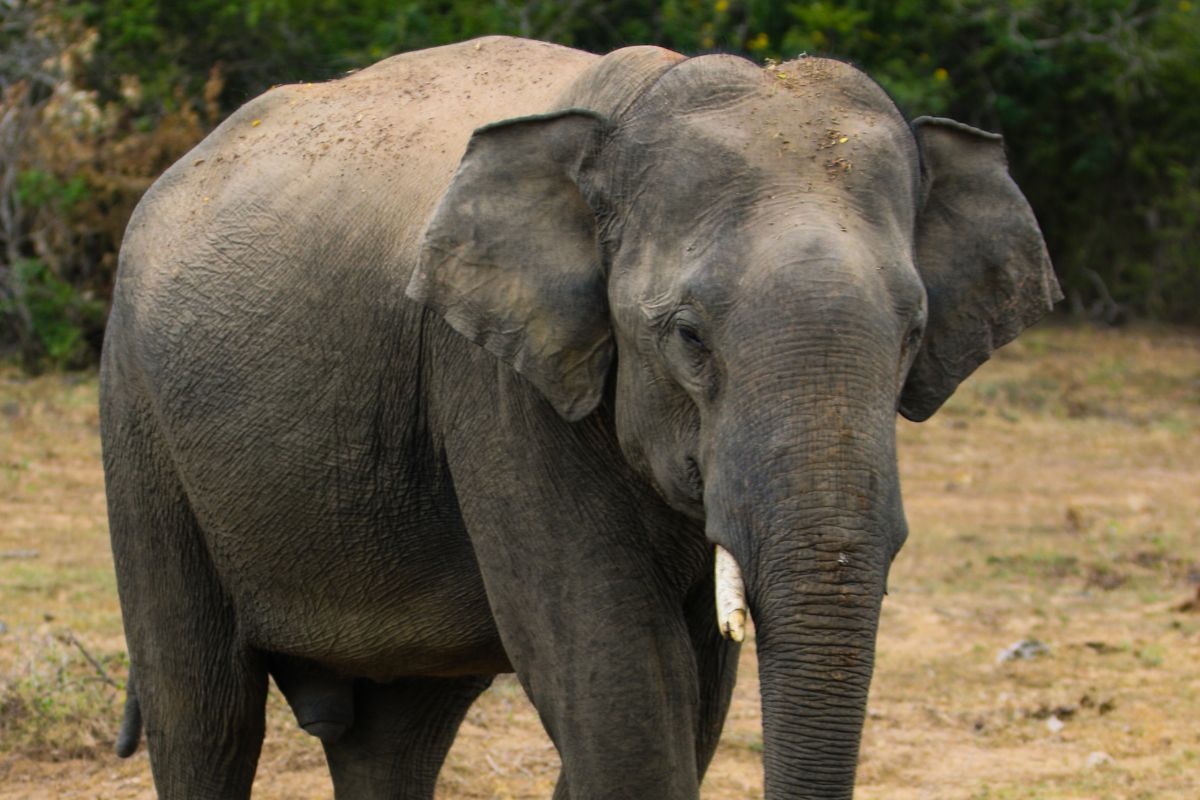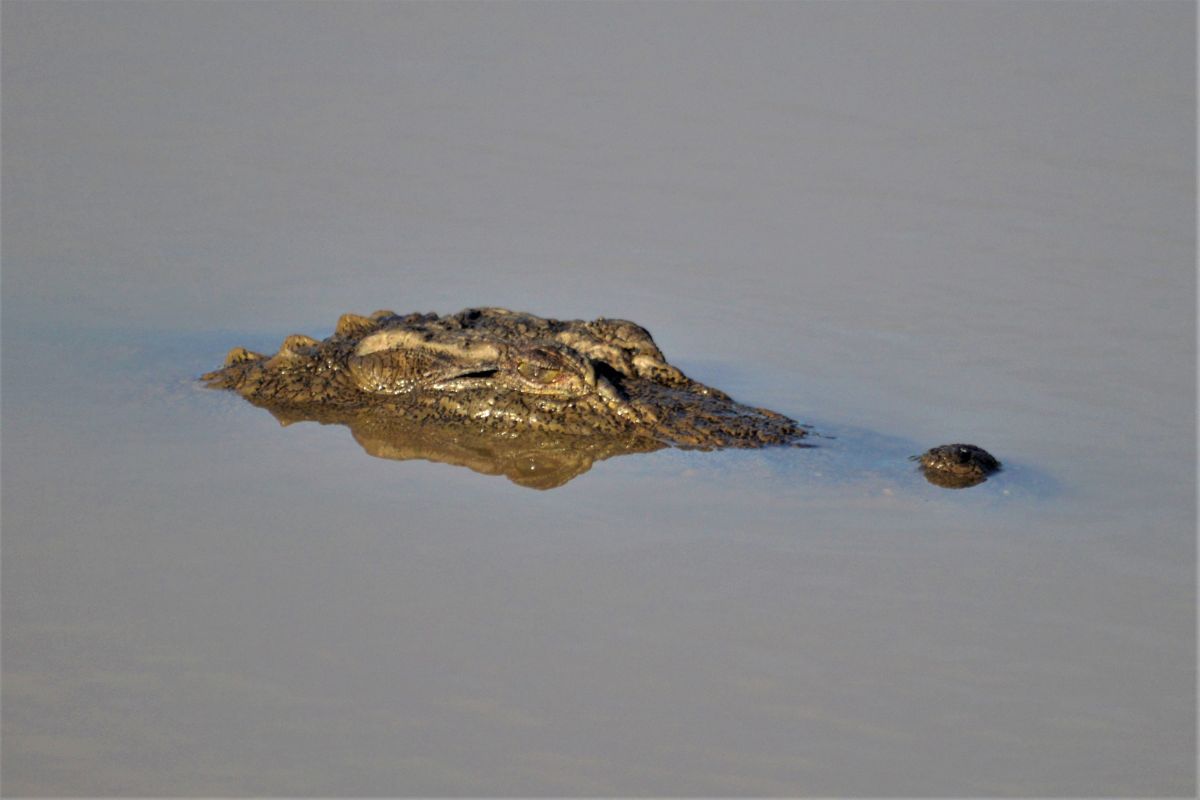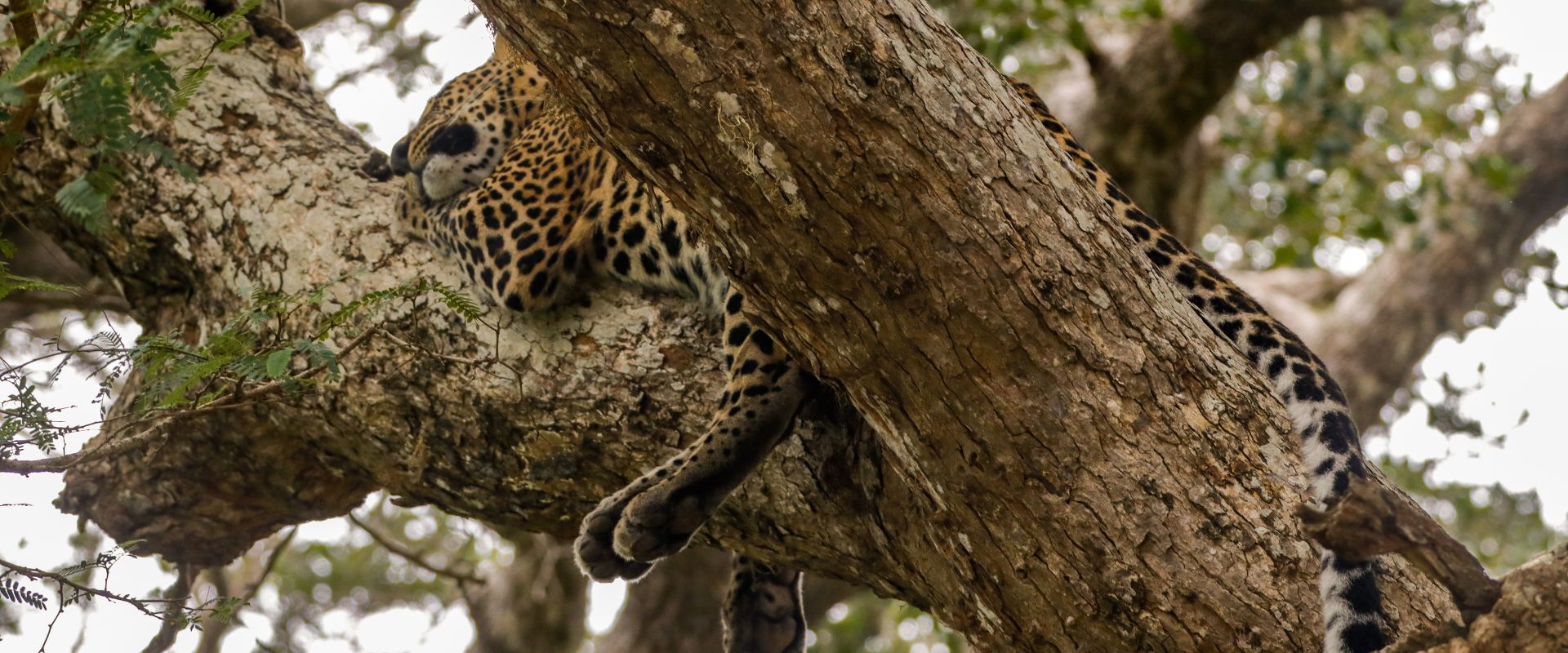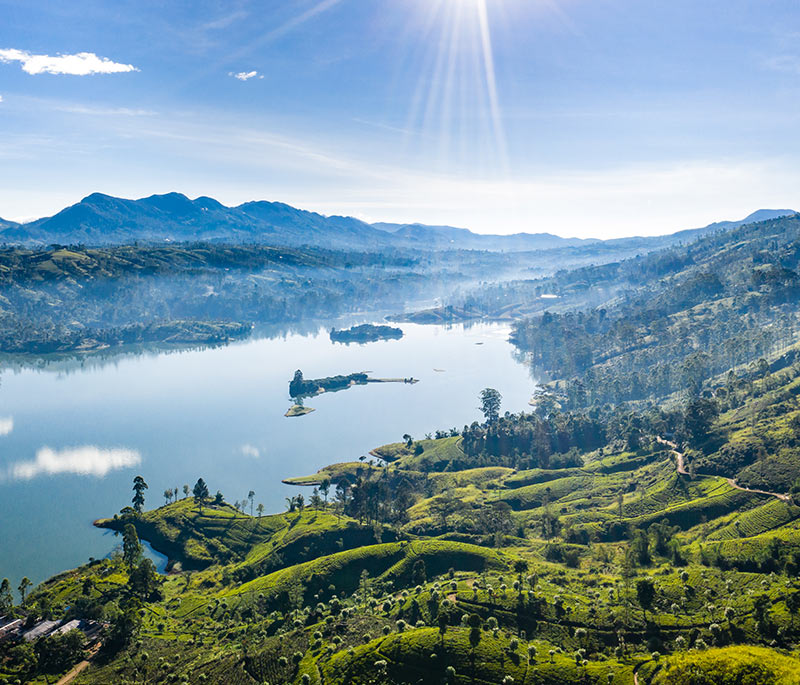How Wild Animals Catch Shut-Eye
Depending on their species, habitat, and activity, wild animals sleep in a variety of ways. While some creatures sleep for extended periods of time, others simply sleep for brief intervals or never. We’ll dive deeper into how wild animals sleep in this blog.
Omnivores vs. Carnivores
In order to beat the heat, carnivorous and omnivorous animals like lions, tigers, bears and raccoons frequently sleep for extended periods of time during the day. They might also take short breaks from sleeping during the night to go hunting or scavenging for food. For warmth and protection, these creatures frequently snooze in couples or groups, especially in cold or severe weather.
Herbivores
Herbivorous animals such as deer, giraffes and elephants have different sleep patterns. They often sleep for shorter periods of time during the day, as they need to graze and forage for food regularly. Herbivores may also sleep standing up, as this allows them to remain alert and escape from predators quickly. However, some herbivores, such as sloths, may sleep for up to 15 hours a day due to their slow metabolism and energy-conserving lifestyle.
Nocturnal Animals
Nocturnal animals such as bats, owls and some species of rodents, are active during the night and sleep during the day. They often find shelter in caves, burrows or hollow trees during the day, where they can rest undisturbed. Nocturnal animals often have highly developed senses to help them navigate in the dark, and may sleep in short bursts throughout the night to remain alert for potential predators.
Aquatic Animals
Aquatic animals such as whales, dolphins and some species of fish, have unique sleep patterns due to their aquatic lifestyle. These animals may sleep with only half of their brain at a time, a phenomenon known as uni-hemispheric sleep. This allows them to remain alert to potential threats and maintain essential functions such as breathing and movement.
The following are some interesting animal sleeping behaviours from those observed at the Yala National Park.
How Do Leopards Sleep?
Leopards are nocturnal animals and are known for their exceptional hunting abilities. When they are not hunting, they spend a significant amount of time sleeping during the day; usually in a tree or on a rocky ledge.
Leopards have the ability to sleep in a variety of positions. They can sleep on their side, with their legs stretched out, or curled up into a ball. They can also sleep in a sitting position with their head resting on their paws. When they are sleeping in a tree, they will often wedge themselves between branches to prevent themselves from falling.
Leopards are very alert animals and are able to sleep lightly, ready to respond quickly to any potential threats. They often keep their ears forward and their eyes partially open while sleeping, which allows them to remain aware of their surroundings. In addition, they may also switch between different sleeping positions and move from one location to another to ensure that they remain safe.

Sleep of Gentle Giants
Elephants are large mammals that require a lot of rest to maintain their energy levels. Like humans, they have a sleep-wake cycle, which means they alternate between periods of sleep and wakefulness. However, unlike humans, elephants have a unique sleeping pattern.
Elephants can sleep while standing or lying down. They typically sleep standing up, but they will lie down to sleep for a few hours at a time. When they lie down, they will usually rest their heads on their trunks, which act like a pillow. Elephants are capable of sleeping on their sides or their backs as well.
During their sleep, elephants have a deep sleep cycle that lasts for about two hours. During this time, they may snore or make other noises. They also have a lighter sleep cycle that lasts for about half an hour, during which they may stand up, shift positions or flap their ears to stay cool.
Elephants are very social animals, and they often sleep in groups. When sleeping in groups, they may sleep in a circle to protect the young and the vulnerable members of the herd. They are also known to touch each other with their trunks while they sleep, which helps to maintain social bonds and communication within the herd.
Crocodile Sleeping Patterns
Crocodiles are known for their powerful jaws and aggressive hunting behaviour. While they spend most of their time in the water, they do need to come on land to bask in the sun and rest.
Crocodiles can sleep both on land and in the water. When they are on land, they will often lie with their legs tucked beneath them or stretched out behind them. They may also rest their heads on the ground or on a raised area, such as a log or rock.
When crocodiles sleep in the water, they will usually rest near the surface, often with their eyes and nostrils exposed. This allows them to breathe while they sleep, and also helps them to remain alert for any potential prey or predators that may be nearby.
Crocodiles have a unique sleeping pattern where they alternate between periods of deep sleep and light sleep. During deep sleep, they will remain still and appear almost lifeless, while during light sleep, they may move around or even submerge themselves in the water.
While crocodiles are able to sleep deeply, they are always alert for potential threats and will quickly wake up if they sense danger. They have an acute sense of hearing, and even while they sleep, can detect vibrations in the water or on land that may signal a potential threat.

Text and images by Thilanka Bodhikotuwa





